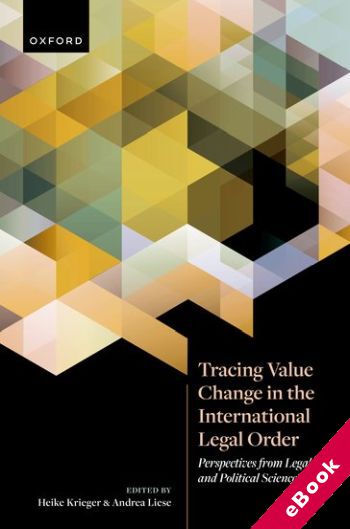
The device(s) you use to access the eBook content must be authorized with an Adobe ID before you download the product otherwise it will fail to register correctly.
For further information see https://www.wildy.com/ebook-formats
Once the order is confirmed an automated e-mail will be sent to you to allow you to download the eBook.
All eBooks are supplied firm sale and cannot be returned. If you believe there is a fault with your eBook then contact us on ebooks@wildy.com and we will help in resolving the issue. This does not affect your statutory rights.
International law is constantly navigating the tension between preserving the status quo and adapting to new exigencies. But when and how do such adaptation processes give way to a more profound transformation, if not a crisis of international law? To address the question of how attacks on the international legal order are changing the value orientation of international law, this book brings together scholars of international law and international relations.
By combining theoretical and methodological analyses with individual case studies, this book offers readers conceptualizations and tools to systematically examine value change and explore the drivers and mechanisms of these processes. These case studies scrutinize value change in the foundational norms of the post-1945 order and in norms representing the rise of the international legal order post-1990. They cover diverse issues: the prohibition of torture, the protection of women's rights, the prohibition of the use of force, the nonproliferation of nuclear weapons, sustainability norms, and accountability for core international crimes. The challenges to each norm, the reactions by norm defenders, and the fate of each norm are also studied. Combined, the analyses show that while a few norms have remained surprisingly robust, several are changing, either in substance or in legal or social validity. The book concludes by integrating the conceptual and empirical insights from this interdisciplinary exchange to assess and explain the ambiguous nature of value change in international law beyond the extremes of mere progress or decline.